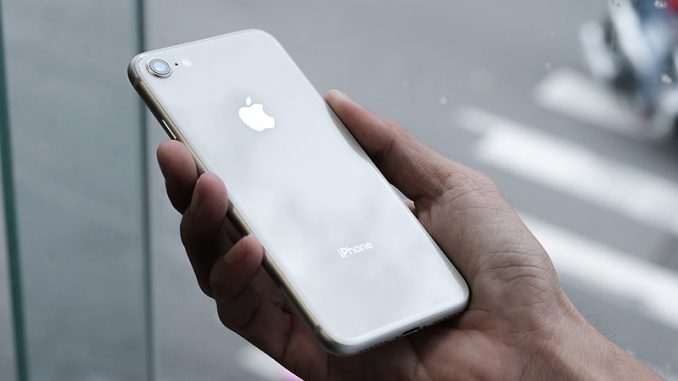
Another proof of Apple’s lack of knowledge on designing proper, lasting products, has appeared.
Artículo disponible en Español | Article disponible en Français
A document from Apple, revealed in court, confirms what we all knew since this incident: that the iPhone 6 and 6 Plus were more likely to bend due to a major design flaw. This comes as no surprise to most of us.
In 2014, the iPhone 6 and 6 Plus were released. Not even a few days later, reports started to surface about these phones bending when kept in pockets or during normal use. This case gained the name of “Bendgate”.
As per usual, Apple denied the problem, saying they didn’t have any issues on their side, blaming the users for the issues. Nothing new, we saw them do the same with the iPhone 4 and the “special” way of holding them (or the stupid case to stop having connectivity issues).
In 2016, Apple was hit with issues on the screens of the iPhone 6 and 6 Plus, as these stopped working properly due to the bending. A class action lawsuit in the US was filed. It is here that the story gets interesting. During this trial, the judge revealed internal documentation from Apple, showing that the company did know about the bending issues, and the problems this caused, such as the screen not working anymore.
The documents show that Apple tested the devices and found out that the iPhone 6 was 3.3 times more likely to bend than the iPhone 5S, and the iPhone 6 Plus was 7.2 (!!!!) times more likely to bend than the iPhone 5S. These tests are in complete opposition to what Apple claimed during years. Concerning the touch screen issues, Apple claimed this was due to the customer dropping their smartphone multiple times on hard surfaces, thus charging the customer the repair fee. When the issue became widespread, they reduced the fee for the repair. Pretty clever overall, as they made money from their own design flaw.
The documents and the trial also revealed that Apple “fixed” the issue by reinforcing the iPhone 6 and 6 Plus body with epoxy, a sort of glue, instead of doing the logical thing: removing the product from sale altogether, recall the product and replace it for free or refund the customers. But no, they instead denied everything and even charged people money for what is essentially their own flaw. Again.
More on this subject:


